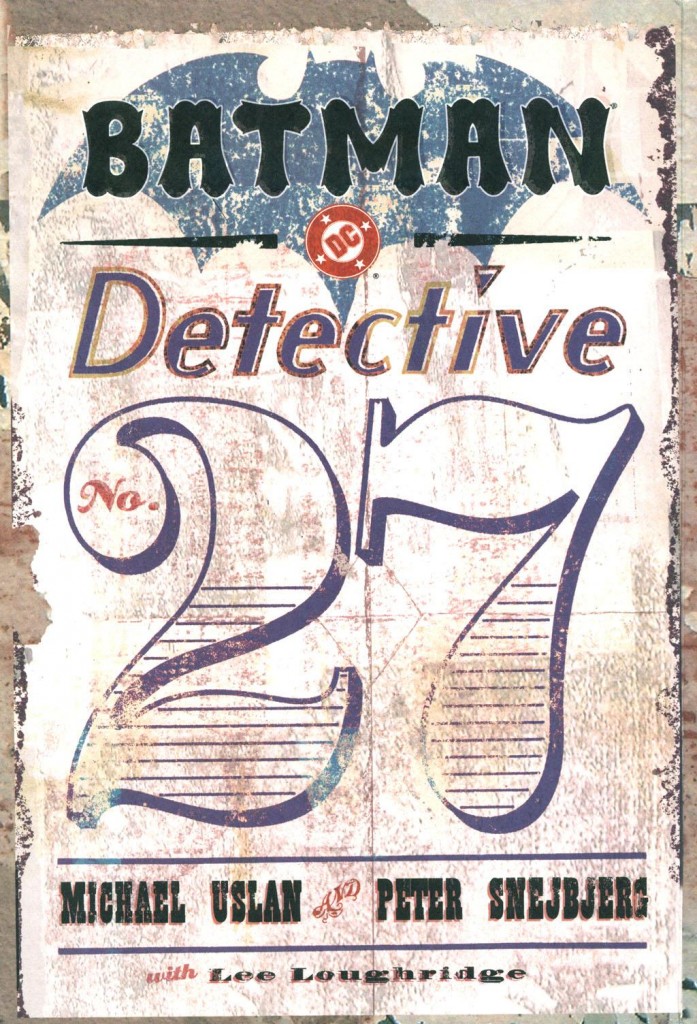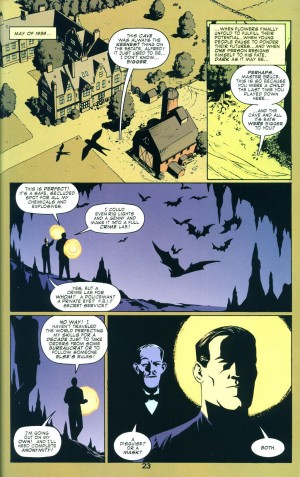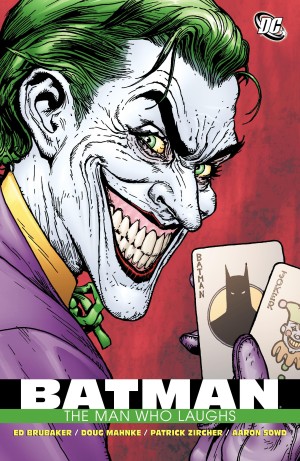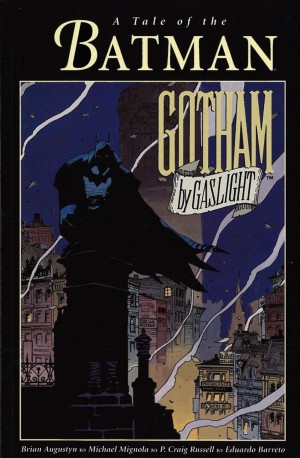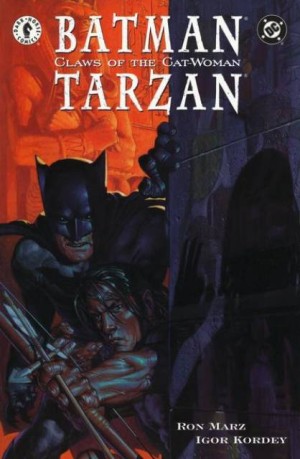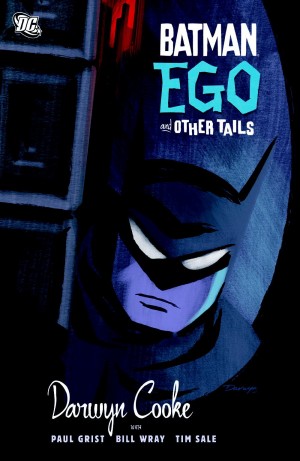Review by Karl Verhoven
The Knights of the Golden Circle have a malevolent plan to revenge themselves on behalf of the American South, which begins in 1865 with the assassination of Abraham Lincoln. Although it’s unclear how, their leader claims a plan has been set in motion that will resolve after 75 years, resulting in the destruction of a Northern American city. Allan Pinkerton, the master detective of his era, takes this seriously and begins recruiting a Secret Society of Detectives whose membership will survive beyond him and will work at preventing the threat manifesting. This is Act One, which runs parallel to the story of Bruce Wayne in the 20th century, whose path has a greater familiarity, following the known story of witnessing his parents’ murder followed by ten years travelling the world to learn new skills before returning to Gotham.
Uslan’s title is clever, referencing the comic and issue number of Batman’s first appearance, but providing new context. It’s not the only constituent of Batman’s myth recontextualised, some more strained than others as Uslan becomes carried away attempting to shoehorn in as many references as possible to the point where they outlive their charm and become a distraction. Among these is the ultimately meaningless soundbite famously spoken by Jack Nicholson’s Joker in the 1989 Batman movie, asking “Have you ever danced with the devil in the pale moonlight?”
Balanced against this are some nice cameos, such as that of Catwoman’s introduction, and a strong overall plot once it moves beyond the inherent lack of logic concerning members of a politically motivated society formulating a plot only activated decades after their deaths. Wayne applies his learnings in a different manner, and for those who enjoy such things the genuine historical figures participating range from then President to be Teddy Roosevelt to Babe Ruth. They too become a distraction, but Uslan does manipulate everything to a fine reveal.
While Uslan’s plot is up and down, the true star of this project is consistent throughout. Peter Snejbjerg’s art is polished efficiency from an opening page of Abraham Lincoln arguing with his protectors in the White House, to the conclusion hinting at what lies ahead. Every panel is wonderfully composed, emotionally appropriate, and visually attractive yet always in service of the story.
This isn’t an essential Batman graphic novel, but a solid second tier read for anyone who can suppress their groans at the over-egged references.
